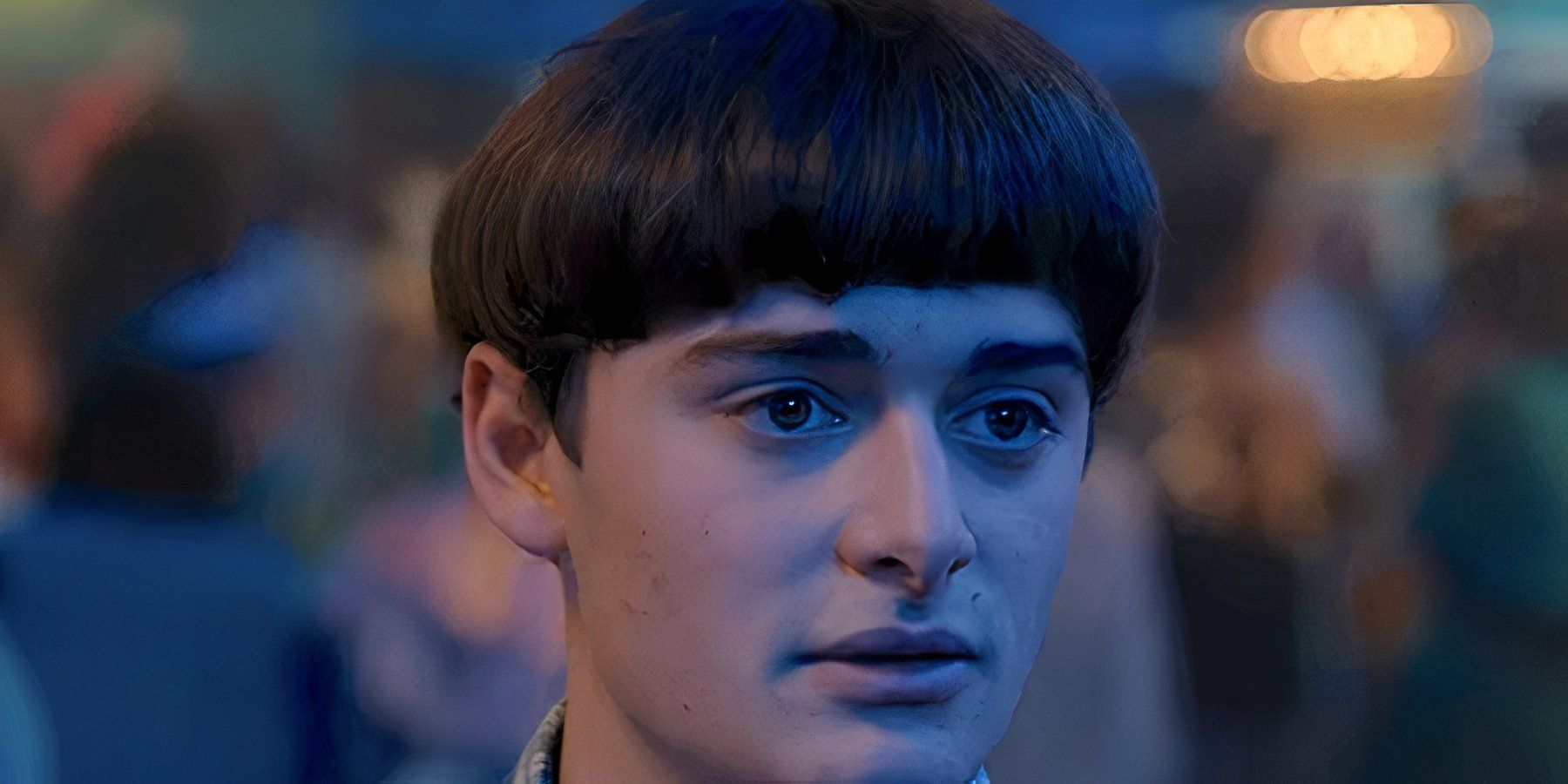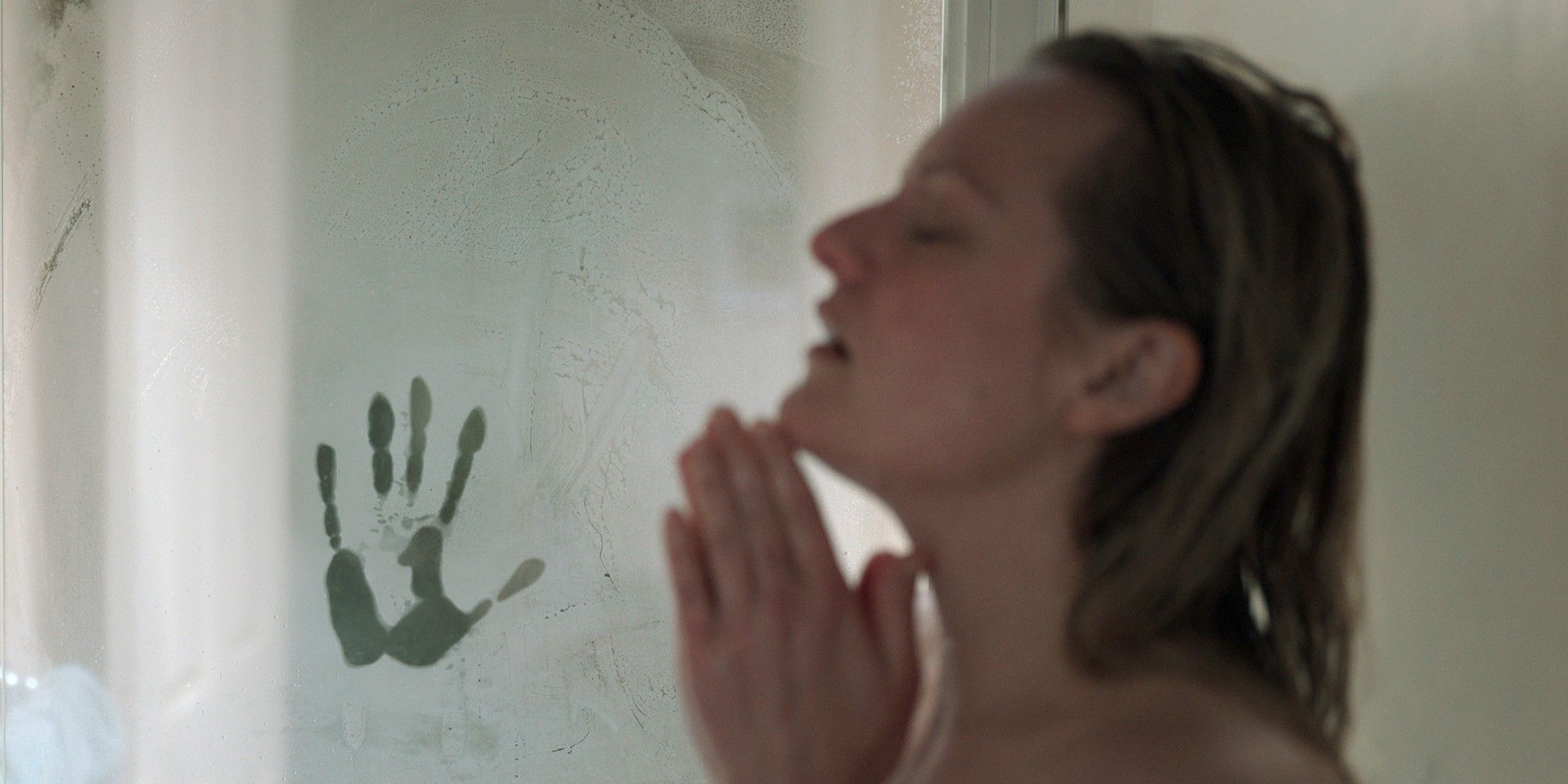Being fully immersed in viewing silent and invisible evils would excite and scare any thrill-seeker, which is the objective of the horror movie genre. Just in time for spooky season, let's delve into one of the most mind-boggling, scariest tropes: sensory horror.
Sensory deprivation is the reduction or complete absence of one or more of the five senses: sight, hearing, touch, smell, taste. Horror movies use sensory deprivation to invoke a sense of panic in their audience. These movies change the audience's experience through the elimination of being able to see or hear the movie’s antagonist; it keeps audience members on the edge of their seats. Humans tend to take their senses for granted, and when one is suddenly taken away, it's not just jarring, it's terrifying.
One of the first movies to latch onto sensory horror was Ken Russell’s Altered States (1980), a science-fiction horror flick about a psychologist who decides to experiment with flotation tanks and ends up losing himself in dangerous hallucinations. Although the movie doesn’t completely strip the viewer of one of the five senses, there are moments where the audience is experiencing the flotation tank along with the main character. At times, the scene is darkened and black, and only the empty sound of being submerged in water is heard.
The Invisible Man (2020)
Leigh Whannel’s The Invisible Man is a science-fiction horror movie produced by Blumhouse Productions. The plot follows the main character Cecilia Kass (Elizabeth Moss) and the descent of her mental health as she escapes an abusive relationship that she feels is following her, quite literally. Cecilia becomes haunted and tormented by a mysterious force, one that remains invisible to her, everybody surrounding her, and the movie’s audience.
The Invisible Man makes clever use of its protagonist, terrorizing the audience with subtle movements and sounds, such as misplaced paperwork and soft footsteps. In the movie, the villain remains invisible through his crimes, unlike the 1933 movie of the same name that presented the villain in a mummified manner. By leaving the villain blind to the audience in the newer rendition, the audience is left suspended in a state of anticipation and dread as they are unable to see or avoid the source of the character's fear.
Hush (2016)
Alone in the middle of nowhere? What harm could come from that? Hush brings every person's worst nightmare to reality: violent home invasions. But, there's an antagonizing twist, it's eerily quiet.
Hush is another Blumhouse thriller directed by Mike Flanagan. It features a deaf and mute character, Maddie Young. After being texted a photo of herself inside of her house and discovering the dead bodies of her only neighbors, she finds herself alone in the woods with the culprit. The movie follows Maddie's eventful escape, dodging ammunition shot through a crossbow and multiple attack attempts.
A majority of the film is without dialogue and completely silent, employing ambient sounds to keep the viewer’s attention during its quietest moments.
A Quiet Place (2018)
A Quiet Place starring and directed by John Krasinki places the audience in a post-apocalyptic world that is under attack by supernatural creatures who have a hypersensitivity to sound. To avoid being brutally ripped apart by these creatures, the Abbott family has to navigate and live without speaking at a normal volume or making an excessive amount of noise.
Due to this, the movie's audience is immersed into a viewing experience where even the quiet crunch of popcorn chewing seems too loud.
These movies have taken the fear of the unknown to a new level. The creators submerge their audience into the exhilarating fear of not knowing what comes next while adding an extra level of vulnerability by altering one's senses. Other films explore sensory horror without making it the end-all-be-all. Jordan Peele’s Us silences the film’s horrific and murderous doppelgangers by not giving them the ability to speak and Susanne Bier’s Birdbox introduces supernatural entities that prey on people who can see them visually.
Sensory deprivation adds a creative and psychological element to horror. It experiments on their audiences, forcing them to succumb to the fear of isolation — whether that’s from the silence of not being able to hear or talk, or the darkness surrounding the absence of the movie's perpetrator.




